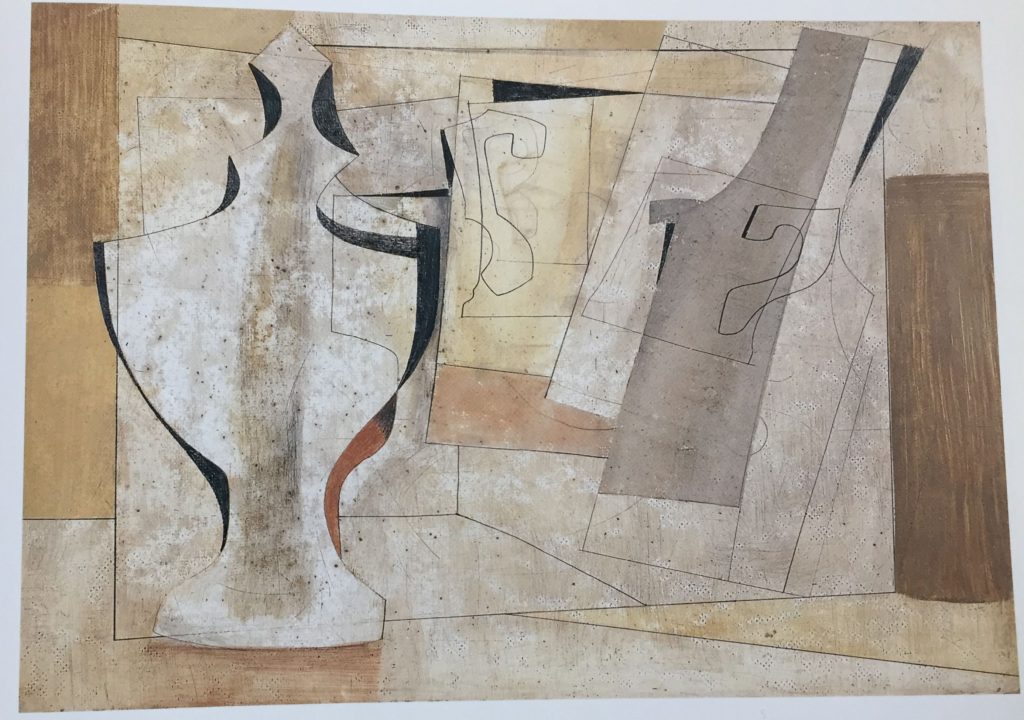Gallery Guide Susan Morrison continues her multipart series on the contributions of the AGO’s Women’s / Volunteer Committees to the gallery’s collections. This week: The Women’s Committee makes its first acquisitions.

Ben Nicholson, Still Life with Flowers (1948) – The first painting bought by the Women’s Committee in 1950
By 1949 the Women’s Committee (WC) had raised more than $3500 for the express purpose of purchasing art to augment the Art Gallery of Toronto’s holdings. They decided they would commission Anthony Blunt, a British art historian and director of the Courtauld Institute (later outed in 1979 as a Soviet mole!), to assist with the purchase of British contemporary paintings. He had already been consulting for the AGT and had been instrumental in the purchases of Poussin’s Venus and Aeneas, and a Gainsborough portrait. The WC requested Blunt to select “12 important pictures” ranging in price from £100 to £200 (roughly $300 to $600), and send them to Toronto for a month so the committee could select the ones for purchase. While two of the chosen pictures – a Graham Sutherland and a Moore – were unavailable, the WC and the AGT ended up with Ben Nicholson’s Still Life with Flowers (1948) at the cost of £100.
The following year, the committee asked Edward Bawden, a British painter, together with Sir Philip Hendy, Director of the National Gallery in London, and Mrs K L Somerville, Secretary of the British Arts Council, to form an “English Purchasing Committee,” authorizing them to spend $3000. The first group of five artworks purchased in this manner in 1951 consisted of paintings by Graham Sutherland, Frances Hodgkins, John Piper, Edward Bawden and a sculpture by Henry Moore. To thank the English consultants, the WC sent each member a case of whisky. The WC continued to invest in contemporary British art over the next few years, adding an additional 11 pieces to the AGT’s collection.
By 1954, however, interest in contemporary British art had waned. While two more Henry Moore’s were purchased – a sculpture in 1954 by the JWC and an ink and wash painting in 1961 – in general the selections were mainly by French or other European artists. The situation changed dramatically in 1960, when William Withrow was appointed director of the AGT.
Next time: Buying Trends Part 2: Taking a Chance (or Not) on Abstract Art
Read the previous installment here.
